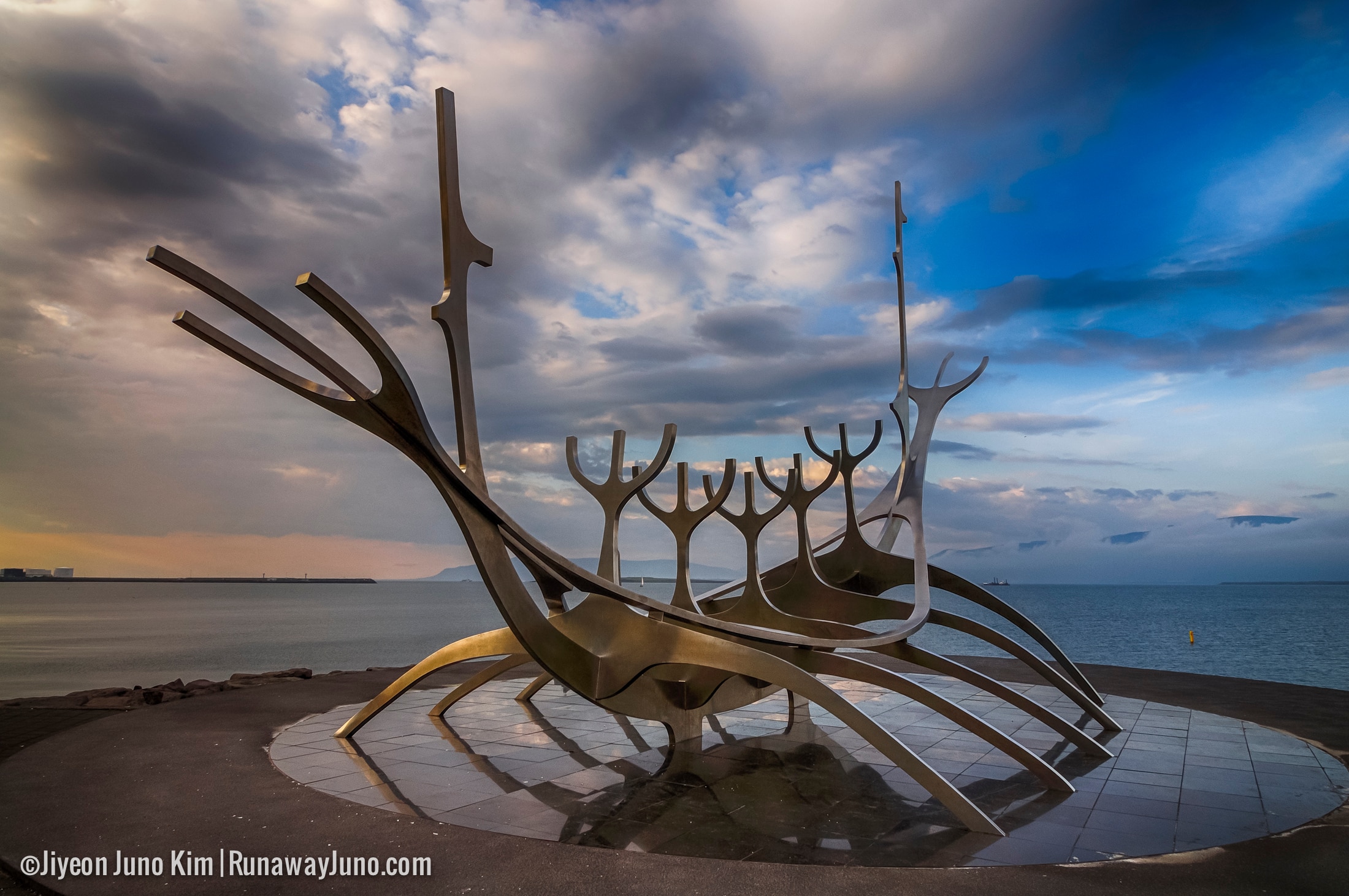
As you know by now, the Nordic countries are one of my favorite places to visit. It’s seriously underrated. Equally underrated, however, is their cuisine. In a survey of 95 countries’ cuisines, only 1 Nordic country was there: Norway, at number 59. Well, in order to remedy such a travesty, today I’ll tell you about one of the most fascinating things I’ve ever eaten during my travels: The Icelandic hákarl. This is one of those dishes where you can really taste the culture, geography, and history of a country.
What Exactly is Hákarl?
Simply put, hákarl is a fermented Greenland shark, a fish whose fresh flesh is toxic due to high levels of urea and trimethylamine oxide. In a land where resources were once scarce, though, early Icelanders developed a fermentation process to make the shark meat edible. So Hákarl isn’t just food; it’s the early Icelanders’ solution to surviving in the harsh north over a millennium ago!
What does Hákarl Taste Like?
It’s hard to explain, actually. It’s one of those things that you really need to try for yourself. But the flavor is definitely strong—and I mean strong. And it smells just as strongly, with its odor akin to ammonia. It’s strong and pungent. Like blue cheese or, as some would say, even urine. As for the texture, it depends on what part of the shark you eat. If you eat the belly, it’s somewhat chewy. Leaner cuts are soft like cheese. Is it an acquired taste? Absolutely. Admittedly, it’s not something I’d eat regularly myself. When I first took a bite, my face crumpled up and I was like What the HELL is that?
But I tried another bite… and another bite…
Slowly but surely, you begin to get the appeal, and I almost didn’t notice that I’d already munched down on a considerable amount of shark meat. Also, a bit of a warning: you might burp a lot after eating.


How is Hákarl Prepared?
The process begins by beheading and gutting the shark, then burying the flesh in gravelly sand, which allows fluids to drain away. This stage of fermentation can last anywhere from six to twelve weeks, depending on the season. Then, the shark meat is hung out to dry in open-air sheds for a few more months, until it develops a chewy texture and loses its fresh toxicity. You can find it in restaurants in Reykjavík and other tourist hotspots. You can easily search them up even before your trip! I think I even saw some in supermarkets.
Here’s a tip: use a VPN and set your geographical location to Iceland. That way, your browser will think you’re in Iceland and you can get better and more specific recommendations! Not doing so will probably lead you into the popular tourist traps. You can find more info here.
Hákarl: a Viking Legacy of Resilience and a Rite of Passage
The origins of hákarl can be traced back to Iceland’s earliest settlers—Norsemen who arrived in the 9th century to carve out a new life in a land of extreme conditions. These harsh conditions are the reason Icelandic cuisine ferments several other proteins, like other fish, lamb, and dairy. They need it to last for months.
If you’re visiting as a traveler in Iceland, you’ll probably be invited to try hákarl out. It’s often seen as a rite of passage for both locals and tourists alike. Kind of like eating balut in the Philippines. It’s a common feast item during Þorrablót, a midwinter festival that honors the old Norse gods and Iceland’s heritage. Alongside hákarl, you’ll find other preserved foods like svið (boiled sheep’s head), lifrarpylsa (liver sausage), and súrsaðir hrútspungar (pickled ram’s testicles).
For drinks, hákarl is often paired with brennivín, Iceland’s distinctive schnapps, also known as “Black Death.” Brennivín has its own strong flavor and is believed to help mask hákarl’s powerful taste, but it’s as much a part of the ritual as the shark itself. Many Icelanders take pride in this culinary initiation, laughing at tourists’ reactions when they take their first bite (and boy did they laugh at me).
Should You Try Hákarl?
Absolutely! Look, I’m not saying hákarl will taste good—at least not “good” in the way you’re used to. But I will say that it’s one of the most fascinating and memorable culinary experiences you’ll ever have. And isn’t that the point of traveling? To make new and unforgettable memories? At least for me, it is. Just imagine: for centuries upon centuries, ancient Icelanders had to rely on this pungent, urine-tasting shark for survival. And so, over time, it became more than a product of necessity—it became a cultural cornerstone. Like I said before, it’s one of those dishes where you can really taste the very soul of a country. I firmly believe that your Icelandic experience isn’t complete without trying out hákarl. And hey, even if you don’t end up liking it, at least you’ll have a great story to tell back home!







